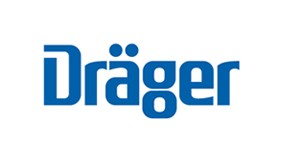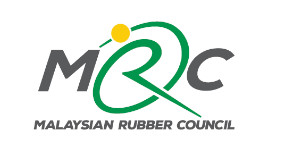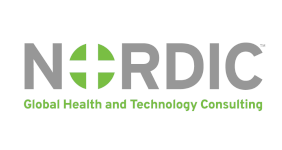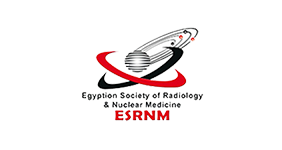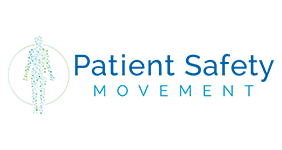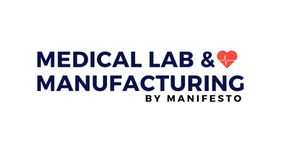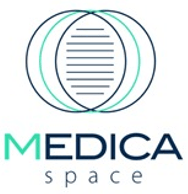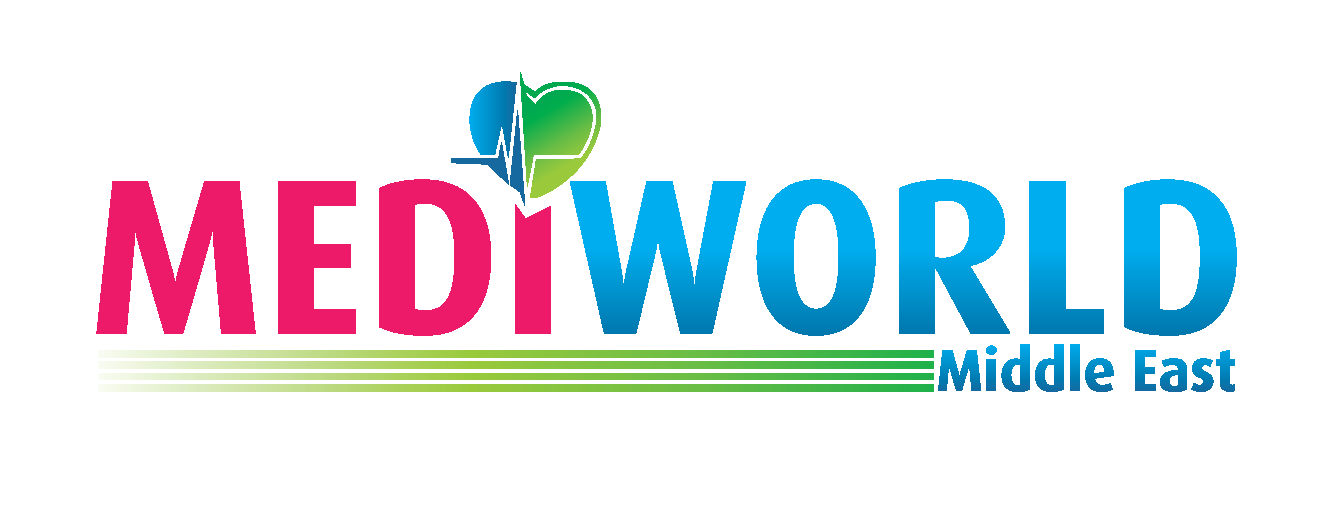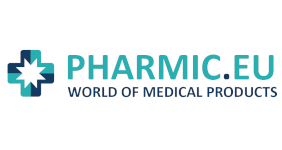Technology: accelerating innovation across healthcare.
Forging ahead with 3D printing.
According to Michael Gelinsky from the University Hospital and Medical Faculty at the Technische Universität Dresden in Germany, probably the fastest growing field in 3D printing applications in medicine is currently that of 3D models for medical education and surgical planning.
Gelinsky (2018, p.158) explains that the logical next step after printing anatomical and surgical models is to fabricate patient-specific implants and devices, i.e., parts that are inserted in the living human body such as prostheses, orthoses, or individual polymer casts for fracture stabilisation. Similarly, 3D bioprinting, or the development of vascularised and fully functional tissue/organ models, is currently under intensive investigation.
For Gelinsky, the future of 3D printing involves intensive investigation by researchers from all over the world as well as rapid progress in hardware and software development by companies and the commercialisation of numerous applications.
“As the development of more personalised therapies continues to trend globally, 3D printing will definitely play a stronger role; however, the velocity and degree of translation will be restricted by financial as well as regulatory issues.” (Gelinsky, 2018, p.158)
Five top ways that 3D printing is changing the medical field:
- 3D printing labs in hospitals
A few years ago, very few hospitals were doing 3D printing directly in the hospital. Today, hospitals around the globe are setting up 3D printing labs within their complexes so that healthcare professionals can incorporate the process into a normal day’s work.
- Low-cost prosthetics
3D printed patient-specific prosthetics, often produced on low-cost, MakerBot-style printers, are having a major impact, especially in developing countries. The prosthetics come with the latest technology and are changing the lives of people who in the past had no hope of ever receiving these devices.
- Customised medical implants
Thousands of 3D printed replacements for body parts such as knees, hips, ankles, parts of the spine, and skull, are implanted every year, and the future holds more promise with 3D printed patient-specific parts. Although not generally approved by the FDA, some have taken place under FDA’s emergency clearance process.
- Customised protective devices and aids
3D printing is enabling high-quality, rapid, low-cost production of everything from dental implants to hearing aids, from prescription eyeglasses to headgear that fits better, work better, and offer better protection.
- Biomaterials for organ structures and complex organs
With the development of 3D printing, the prospect of being able to reproduce human organs out of biomaterial has suddenly become more than a pipe dream. Taking a step at a time, researchers started with simpler structures such as skin, blood vessels, cartilage, bone, and the bladder, along with parts of more complex organs, such as heart valves, and have made considerable progress.
Source: The American Society of Mechanical Engineers
About Arab Health:
For 44 years Arab Health has brought the latest innovations in healthcare to the MENA region. From state-of-the-art imaging equipment to the most cost-effective disposables; developments in surgery to advances in prosthetics, Arab Health continues to be at the heart of healthcare in the Middle East. The 2019 edition of the show will take place from 28-31 January and will welcome 4,150+ exhibiting companies to showcase their latest innovations to 84,500+ healthcare and trade professionals. Running alongside the exhibition are 12 CME accredited conference tracks and a variety of workshops and hands-on training sessions for medical professionals to advance their knowledge and skills. For more information, visit www.arabhealthonline.com.














